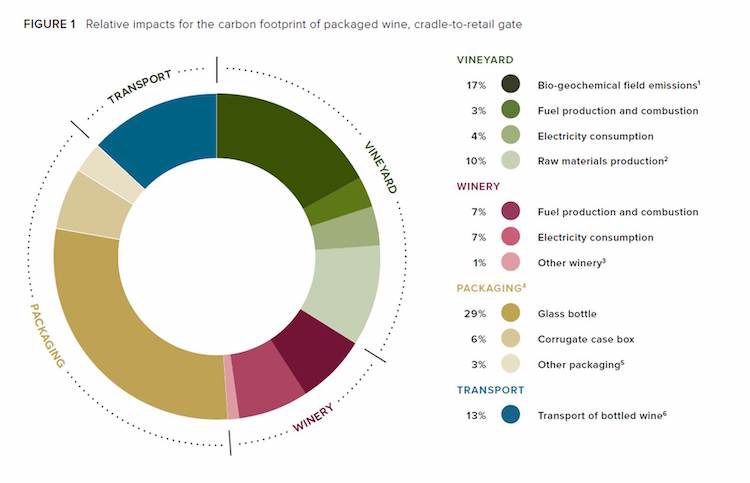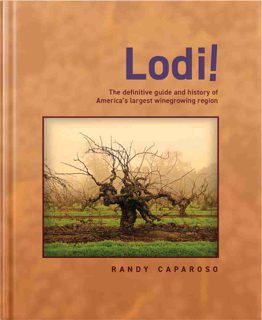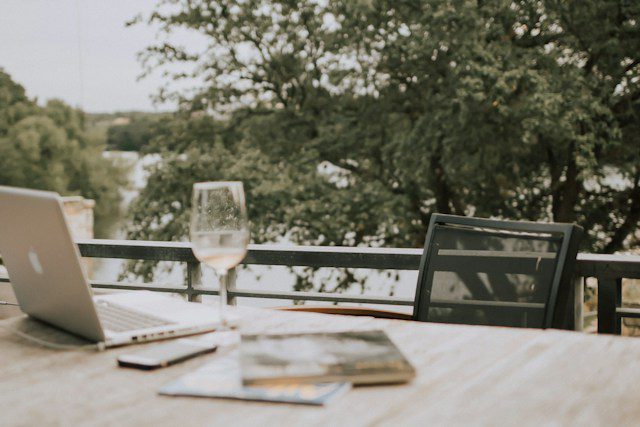Liz Sagues shares details on what members can look forward to in the first Let’s talk about… sessions for this calendar year. She also looks back at Jancis Robinson MW’s hotly-attended session on the importance of bottle weights, which kicked off the year’s talks in early January, as well as Randy Caparoso’s recent session on the old vines of Lodi.
Such is Jancis Robinson’s determination to prompt reduction of the carbon footprint of wine through the use of lighter weight bottles that she launched the 2024 Let’s talk about… series of online webinars from her sickbed.
Struck down by the virulent 100-day cough and interrupted by a call from her GP, she persevered in a remorseless argument emphasising how the making and transport of glass bottles contributed most – almost a third – to wine’s carbon footprint. ‘It is,’ she said, ‘our Achilles heel’.
Realisation of the need for lighter bottles – helped in no small way by tasting notes published on jancisrobinson.com including each wine’s bottle weight and over 27 articles on the matter – was slowly getting through, she acknowledged, noting some large-scale producer initiatives and pressure from trade buyers in the UK and beyond.
But there remained much to do, including destroying the mistaken impression that the heavier the bottle the better its contents – ‘a purely spurious connection dreamed up by marketeers’.
The continuing commitment to glass wine bottles was strange, she said. Certainly, they were best for long-term storage, but with so much wine consumed within days or even hours of purchase, why continue to insist on so breakable and impractically shaped a container?
‘I don’t have a silver bullet,’ she concluded, but if crucial effort to encourage producers and consumers to break the link between bottle weight and quality could succeed ‘we will be doing the planet a big favour’.
The discussion that followed ranged broadly, from redesigning bottling lines to alternative wine containers, from specific examples of better practice to how to bring sustainably-minded younger people on board. It could have gone on for hours, but was summed up by Jancis’s reply to one simple question: which is the best bottle? ‘Just a lighter one.’
The audience of 69 – second largest so far in almost 100 Let’s talk about… sessions – was deeply sympathetic, both to the topic of Bottle Weight: the new green frontier and to its presenter’s plight. Thank you, Jancis.

For the second of this year’s webinars, another member, California-based Randy Caparoso, had a class act to follow. And he did so admirably, with impressive commitment and detail, as he explained how the big but little-appreciated Lodi region had the largest area of old vines in the US.
The value of these 60 to 100-plus year old vines – some 16,000 acres of zinfandel, with lesser areas of cinsaut and carignan, almost all ungrafted and growing in deep sandy-loam phylloxera-free soil – was still not properly recognised, with too many of their grapes going into low-value wines.

But, incongruously, it was down to the popularity from the 1980s of one low-value wine that the old vines had survived. Without the demand for white zinfandel, he argued, they would have been grubbed out and replaced by more popular varieties.
So the old vines flourished, thanks to the high vigour of the soil and understanding of the most suitable pruning styles, gobelet or high cordon, that were nearer to the vines’ natural preference than trellising. They still yield well, he continued, as much as four tons an acre, better survive extremes of drought and heat, and are a fine expression of where they grow.
‘What is great about old vines is there is more tendency for the vineyard to express terroir. To me, that’s what makes wine more interesting.’ The trade, media and, particularly, consumers were becoming more aware of that special character.
The challenge now was the cost of farming the old vines, including the careful hand-pruning needed. Unless their fruit could be made into premium-price wines, long-term they would no longer be economically viable. Lodi needed to follow the example of Napa and become a recognised place for fine wine.
To hear these Zoom sessions in full (one hour) follow the links on the members section of the Circle website.
Looking ahead
The next Let’s talk about… (February 6th) will focus on ice wine and consider its future in a changing climate. Our presenters will be Michelle Bouffard from Canada and Professor Monika Christmann from Germany.
Next up after that (February 20th) we’ll welcome back Cameron Jones, this time moving just a little north from beaujolais to the maconnais, looking at villages, terroir and value and also discussing pouilly fumé and its new premier cru classifications.
And for the first session in March (5th) Sarah Abbott MW will run a Q&A session with representatives from three members of the Old Vine Conference, Villa Bogdano 1880 in the Veneto, Bideona in Rioja Alavesa and Louis M Martini in California. They will discuss and compare different viticultural techniques micro-vinification projects.
The programme for the rest of the year will offer similar topicality and variety, delving into Sicily, wine photography, efforts to counter drought, wine tourism, new practices in making rosés and more. Watch out for the email invitations and promotion on social media – and do invite colleagues and wine students.

